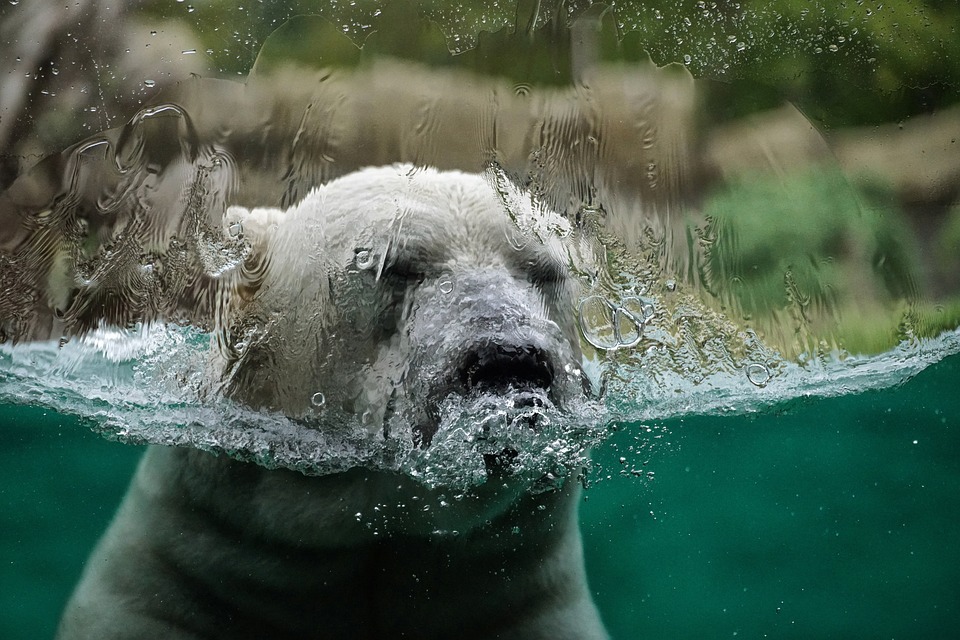Does Global Warming Cause El Niño?
Introduction
El Niño is a significant climate phenomenon characterized by the unusual warming of surface waters in the eastern tropical Pacific Ocean. This warming has profound effects on global weather patterns, influencing rainfall, temperature, and storm activity across various regions.
Global warming, driven primarily by human activities such as greenhouse gas emissions, refers to the long-term rise in Earth’s average surface temperature. Understanding the interplay between global warming and El Niño is crucial as it may alter weather patterns and ecological balances worldwide.
Understanding El Niño
– Definition and Characteristics: El Niño is part of the El Niño-Southern Oscillation (ENSO) cycle, which includes both El Niño (warming phase) and La Niña (cooling phase). During an El Niño event, trade winds weaken, allowing warm water to shift eastward across the Pacific Ocean.
– ENSO Cycle Explanation: The ENSO cycle is a complex interaction between ocean temperatures and atmospheric conditions. It significantly impacts global climate, affecting droughts, floods, and storm patterns.
– Impact on Global Weather Patterns: El Niño can lead to extreme weather events worldwide, such as increased rainfall in South America and droughts in Australia and Indonesia. It disrupts normal weather patterns, causing fluctuations in temperature and precipitation.
The Science Behind Global Warming
– Overview of Global Warming: Global warming results from increased concentrations of greenhouse gases like carbon dioxide (CO2) and methane (CH4) in the atmosphere due to human activities such as fossil fuel combustion, deforestation, and industrial processes.
– Rising Global Temperatures: Since the late 19th century, global temperatures have risen significantly, with an increase of approximately 1.1 degrees Celsius compared to pre-industrial levels. This rise affects ecosystems and weather systems globally.
The Relationship Between Global Warming and El Niño
– Influence on Frequency and Intensity: Recent studies indicate that global warming may influence the frequency and intensity of El Niño events. Research suggests that since the 1970s, human-induced climate change has contributed to more frequent and severe El Niño occurrences[1][3].
– Warmer Ocean Temperatures: As ocean temperatures rise due to global warming, they may enhance the conditions that lead to stronger El Niño events. Warmer waters can intensify atmospheric responses, leading to more extreme weather outcomes associated with El Niño[2][3].
Historical Context of El Niño Events
– Overview of Past Events: Historical records indicate that significant El Niño events have occurred irregularly over centuries. Major occurrences include those in 1982-83 and 1997-98, which had severe global impacts.
– Trends Over Recent Decades: Analysis shows an increase in both the frequency and intensity of El Niño events over recent decades, correlating with rising global temperatures[1][3].
Potential Changes in El Niño Due to Global Warming
– Hypotheses on Climate Change Effects: Climate models predict that as global temperatures continue to rise, we may see more frequent strong El Niño events. This could lead to increased variability in weather patterns globally[3].
– Future Predictions from Climate Models: Projections suggest that even if emissions are reduced significantly, strong El Niño events will remain a feature of our climate system for decades due to the long-term heat retention in oceans[3].
Impacts of El Niño on Global Weather
– Regional Weather Conditions: El Niño affects various regions differently; for example, it often brings excessive rainfall to South America while causing droughts in Australia and Southeast Asia.
– Economic and Ecological Consequences: The economic impacts include damage to agriculture, infrastructure, and increased disaster recovery costs. Ecologically, it can lead to habitat loss and species extinction due to altered ecosystems[2][8].
FAQs
– How often do El Niño events occur?
El Niño events typically occur every two to seven years.
– Is El Niño becoming more severe due to global warming?
Yes, recent research indicates that stronger El Niño events are occurring more frequently due to climate change[1][3].
– What are the signs that an El Niño event is developing?
Indicators include rising sea surface temperatures in the central and eastern Pacific Ocean along with changes in trade winds.
– How can communities prepare for the impacts of El Niño?
Communities can prepare by improving infrastructure resilience, developing early warning systems for extreme weather events, and implementing sustainable agricultural practices.
– What role do scientists play in predicting El Niño?
Scientists use advanced models and observational data from satellites and ocean buoys to monitor conditions conducive to developing an El Niño event[2][4].
Conclusion
The relationship between global warming and El Niño is complex but increasingly significant as climate change continues to evolve. Continued research is essential for understanding these dynamics better and for developing strategies to mitigate their impacts on global weather patterns. Monitoring these phenomena will be critical for future climate predictions and adaptation strategies.

Kyle Whyte is a notable scholar and professor at the University of Michigan, holding positions such as the George Willis Pack Professor in the School for Environment and Sustainability and Professor of Philosophy. Specializing in environmental justice, his work critically examines climate policy and Indigenous peoples’ ethics, emphasizing the nexus between cooperative scientific endeavors and Indigenous justice. As an enrolled Citizen Potawatomi Nation member, he brings a vital perspective to his roles as a U.S. Science Envoy and member of the White House Environmental Justice Advisory Council. His influential research is supported by various prestigious organizations including the National Science Foundation, and disseminated through publications in high-impact journals. Kyle actively contributes to global Indigenous research methodologies and education, with affiliations to numerous institutes and societies dedicated to traditional knowledge and sustainability. Recognized for his academic and community engagement, Kyle has earned multiple awards and served in various visiting professorships. His efforts extend to leadership positions on boards and committees focused on environmental justice nationwide.
